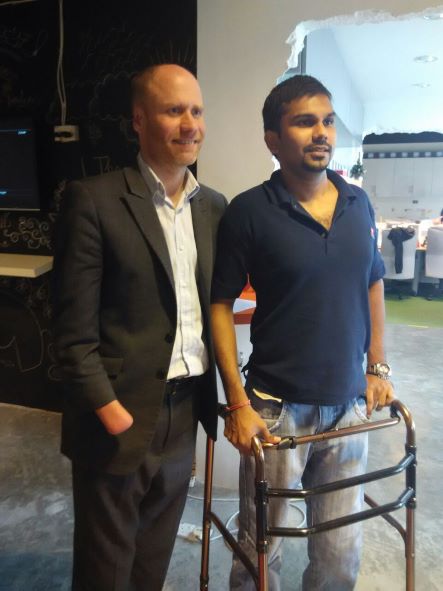The HR Transformer

In Ravin Jesuthasan and John Boudreau’s book, Transformative HR: How Great Companies Use Evidence-Based Change for Sustainable Advantage, they write about the need for evidence-based HR (human resource) practices and decision-making within an organisation.
The book (and as shared on businessfinancemag.com and talentmgt.com) presents five guiding principles needed in order to shift our organisation’s HR from its previous method of functioning to becoming a more evidence-based division in their organisations.
Below are a few of them – you want to read more about it, read on to catch Shahran’s article.
1 Logic-driven analytics
Through this, HR teams will identify the most pressing issues of their organisation which affects the business’ performance.
Paired with a detailed analysis to describe them and the possible outcomes of various implementations used to address those issues, this principle is driven by basic logic.
As such, HR teams can then strategically pinpoint and focus on their specific issues and solutions more effectively.
2 Segmentation
Rather than the usual categorisation of people by age, HR teams will instead segment their current and potential employees by their many differences – i.e. their strengths and weaknesses.
As a result, the organisation will be able to plan and use specific programmes and talent management tactics to meet the needs of specific segments.
This benefits both parties – what the organisation needs from its employees and what can motivate these employees – on top of saving money in the long run, as it isn’t wasted on ineffective programmes.
Quoting the talent leader of EY Malaysia, Lee Soo Fern:
“We make it our goal to help our people achieve their goals. Why? It’s simple – because our success depends on it”.
3 Integration and synergy
Very much like a functioning body, HR teams should recognise the workforce as a whole.
Rather than zooming in on individual programmes or constantly adding on new ones, HR teams should work together within the whole of the HR department, and work together from there.
Just as how all the employees in Taylor’s Education Group are aligned by a common core purpose, a synergy and harmony within the company is a driving force of success.
This can collectively produce better results, as opposed to having good individual programmes but an underperforming overall function.
“Strategic HR is achieved beyond the HR function, beyond HR technology,” Boudreau says.
“It’s achieved between the ears of the people who make decisions about human capital.”
Feel free to give your feedback in the comment box below. For more Try This articles by Sarah Tan, go to www.leaderonomics.com
First published in English daily The Star, Malaysia, 29 November 2014
Personal





